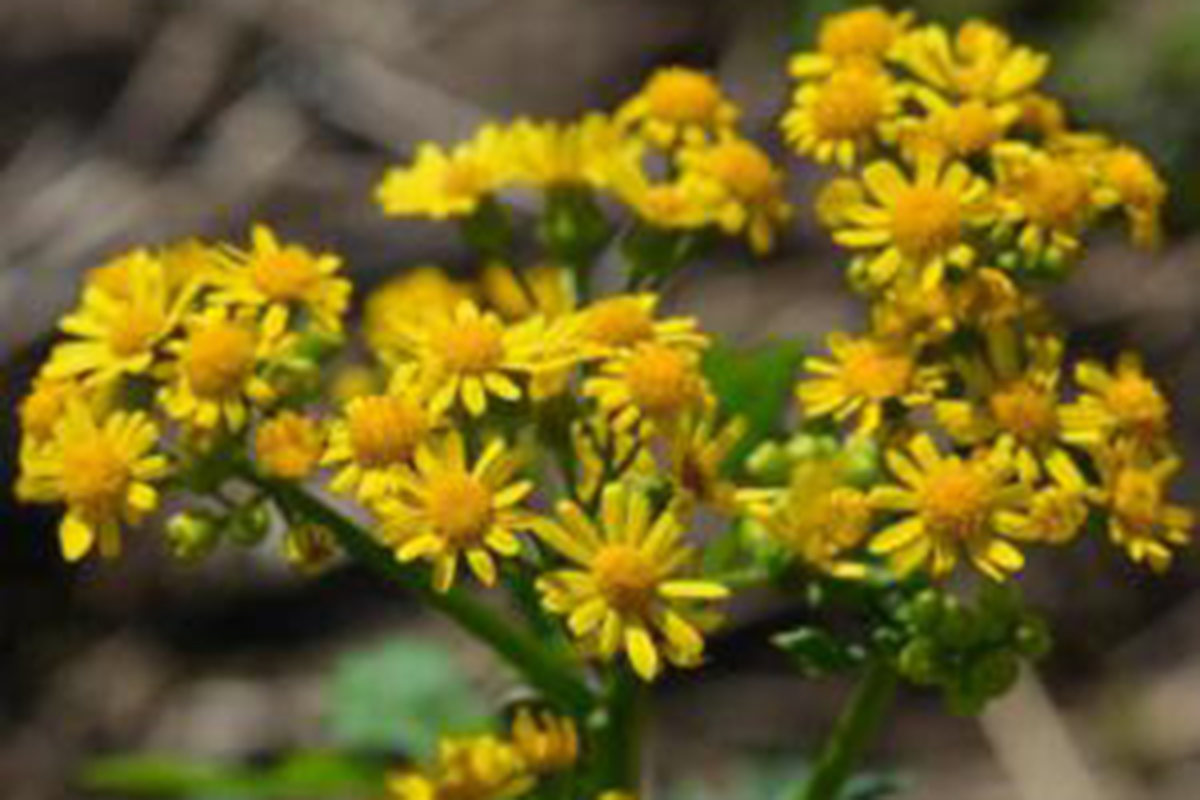By Allen Gahler
Anyone that pays attention to the phenology calendar, or the accumulation of growing degree days likely knows that we are well ahead of schedule as compared to a normal year in Ohio.
While things are still quite brown, desolate and muddy here in northern Ohio, I am hearing from my colleagues in central and southern Ohio that spring is definitely here and bringing things to life, including pasture grasses and hayfields.
Just because we are seeing things green up earlier than normal does not mean that old man winter will not show up again for a brief period, or two or even three. With that in mind, now through early April, or just after green-up happens in your part of the world, is the ideal time to be scouting hayfields and pastures for winter damage, legume crown health, heaving of the root systems and pesky winter annual weeds.
Depending on where you are located and what type of forage fields you have, winter damage may be one of the most significant reasons to be scouting now. In northern Ohio, where we do not have a lot of grass hayfields or pastures but alfalfa fields are plentiful, this is yet another year for major concern.
There was never a period of more than 5-6 days where the ground was frozen in most of the state, and the same can be said for snow cover. Both of these things can be good for an alfalfa field, if they last. But when they do not, and leave behind standing water, or provide for constant freeze-thaw cycles throughout the winter, alfalfa and other legumes can suffer and even die.
Crown heaving

Recent walks in some alfalfa fields in north-central Ohio have revealed just what we are concerned about — heaving of the crown and root system, which can lead to disease, less stems and lower yield, and eventual crown die-off.
In some cases, as we saw in the spring of 2020, and again last year, when warmer temperatures occur sporadically in February and March, followed by short freezes, the roots will heave enough to expose the taproot and many plants will not even survive into April and May.
Remember, alfalfa suffers from cumulative stress loads — once it is stressed in some way, its yield potential and life expectancy goes down permanently, and those stresses add up over the life of the stand.
Be sure to get down to ground level when scouting and observe those alfalfa crowns in March to see if field renovation with grasses may be necessary, or if there may even be enough die-off to warrant crop rotation and an alternative forage plan for 2023.
If you do observe significant heaving, but crown health seems to be intact, or at least the plant will attempt to produce enough stems to offer a profitable tonnage, adjustments on the haybine may be in order before first cutting.
Cutting too low on heaved crowns can not only damage the crown and slow regrowth, but can also damage the root system, often causing immediate death and no second cutting.
Healthy stems
Growers should certainly be looking at how many healthy crowns and/or stems per square foot are visible in alfalfa fields to make a decision on whether or not to keep that stand. Most forage specialists and researchers commonly use 55 and 40 as key numbers when assessing stem counts.
This means a good stand of alfalfa has 55 or more healthy stems per square foot, and yield potential is still at or near 100%. When a field falls between 40 and 55 stems per square foot, yield is still acceptable and considered economically viable, but counts below 40 indicate that the stand should be rotated to another crop and a new field prepared.
Additional factors such as taproot health, asymmetrical growth out of a crown or discolored crowns should also be considered along with stem count when assessing a field.
For more specific information, or assistance with assessing your fields this spring, contact your local county extension educator,or consult the OSU extension forage team resources at forages.osu.edu/resources.
Toxicity

A final consideration when doing early season scouting in hayfields is for the presence of winter annual weeds, specifically ones that will compete with desirable plants and ones that may have toxicity issues for livestock.
The main culprit for this that we have been concerned with the last few years in Ohio is cressleaf groundsel. This winter annual emerges in late summer or early fall and develops a rosette that overwinters and then shoots up several feet in the spring, often times showing off its bright yellow flowers above the canopy of alfalfa and pasture grasses. This weed is a major problem as it is not only toxic to livestock no matter how it is consumed — fresh, in hay or silage.
Spring scouting and a control plan is essential because once we notice the elongated stem and showy yellow flowers, according to Dr. Mark Loux, retired OSU weed science specialist, herbicides will no longer control it, and even dried up plants that were controlled by spray will still be toxic.
For more detailed information, control methods, and management plans of cressleaf groundsel, visit the OSU Agcrops team website and search for cressleaf groundsel. Numerous fact sheets, bulletins, and articles are available detailing the plants life cycle, toxicity by species, and management plans.
(Allen Gahler is an OSU Extension ag and natural resources extension educator in Sandusky County.)













